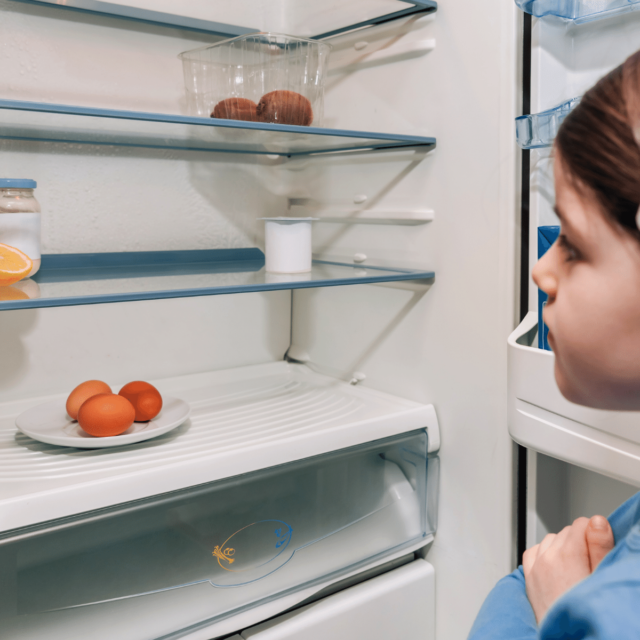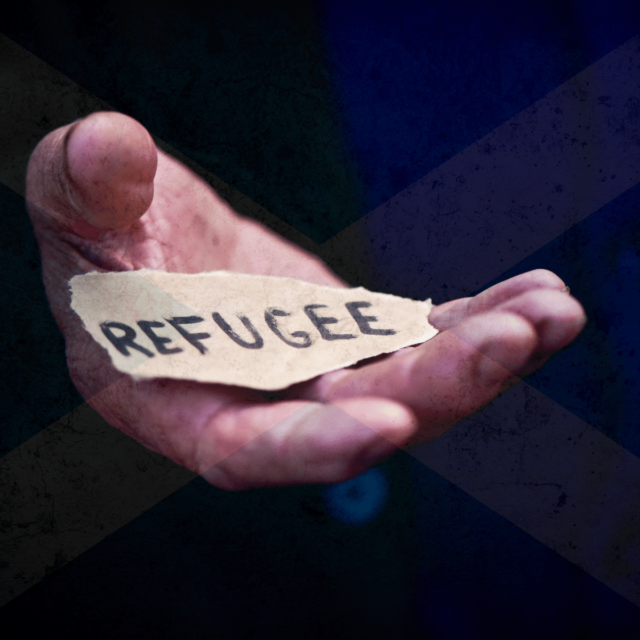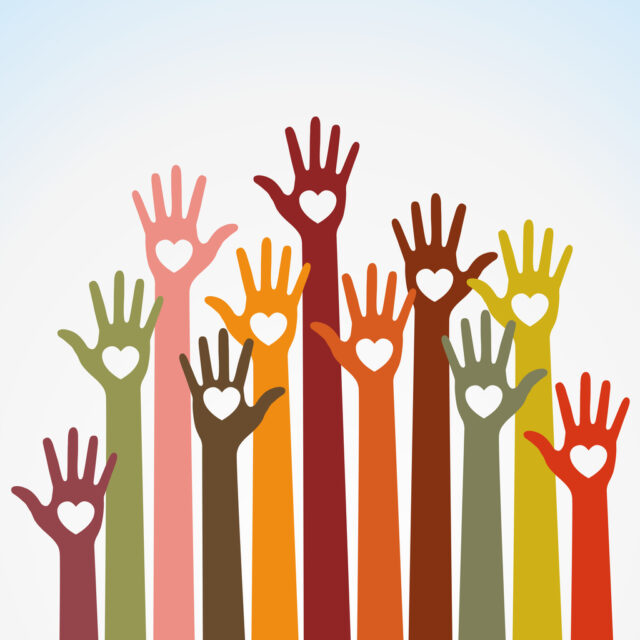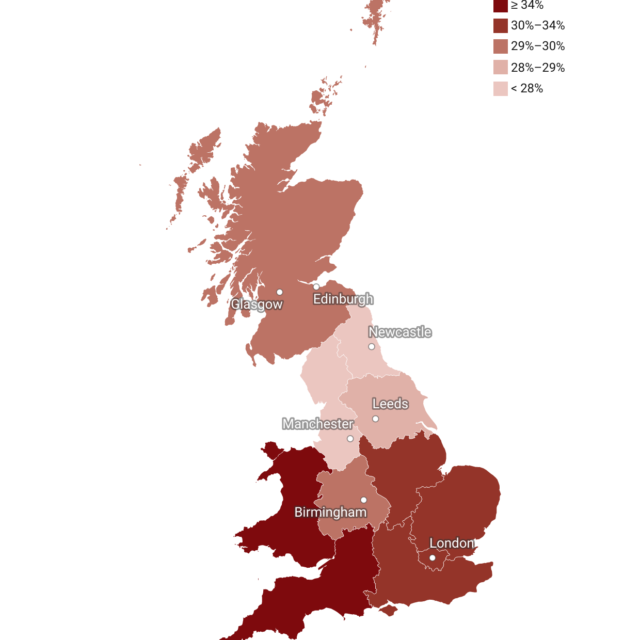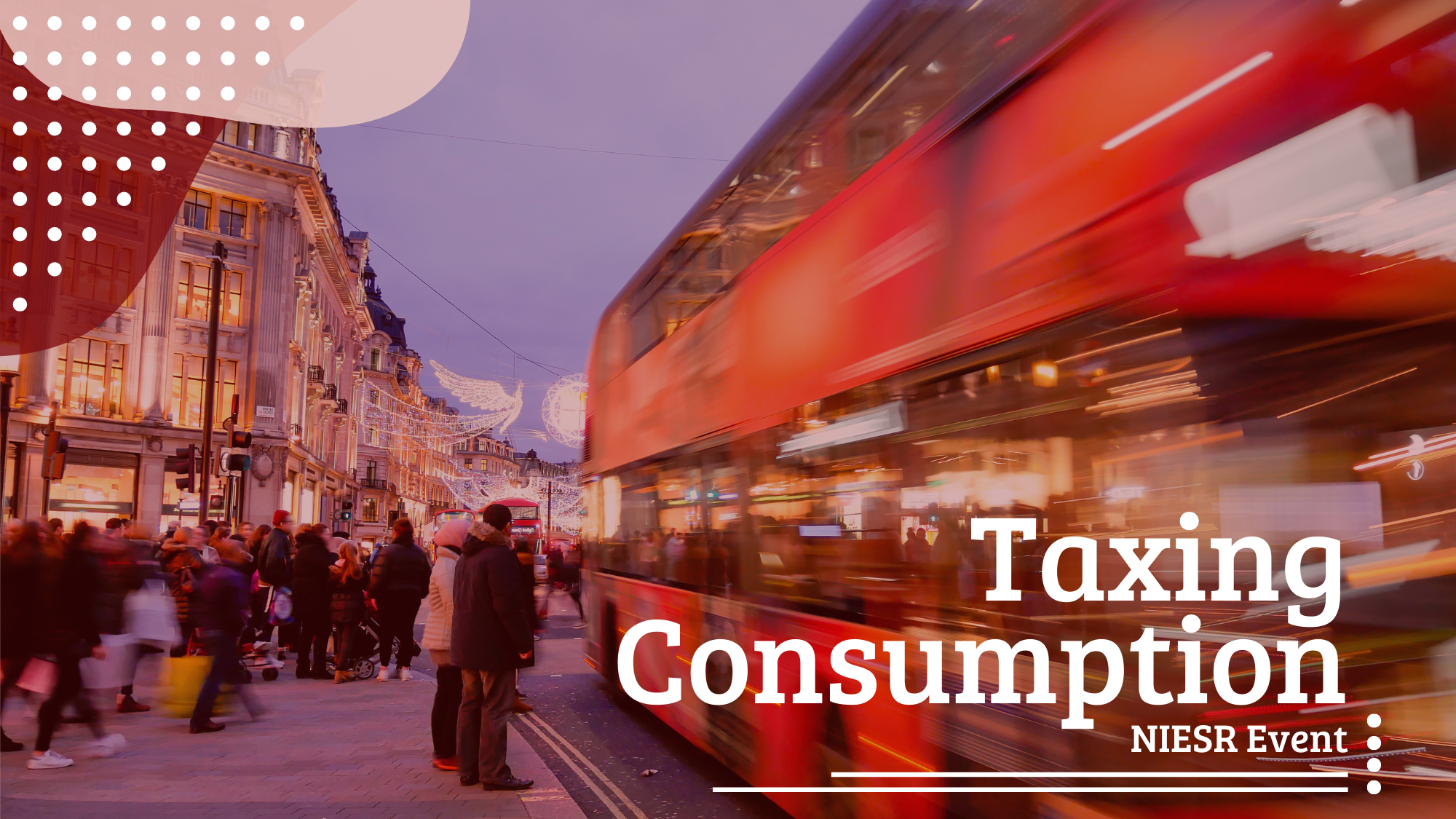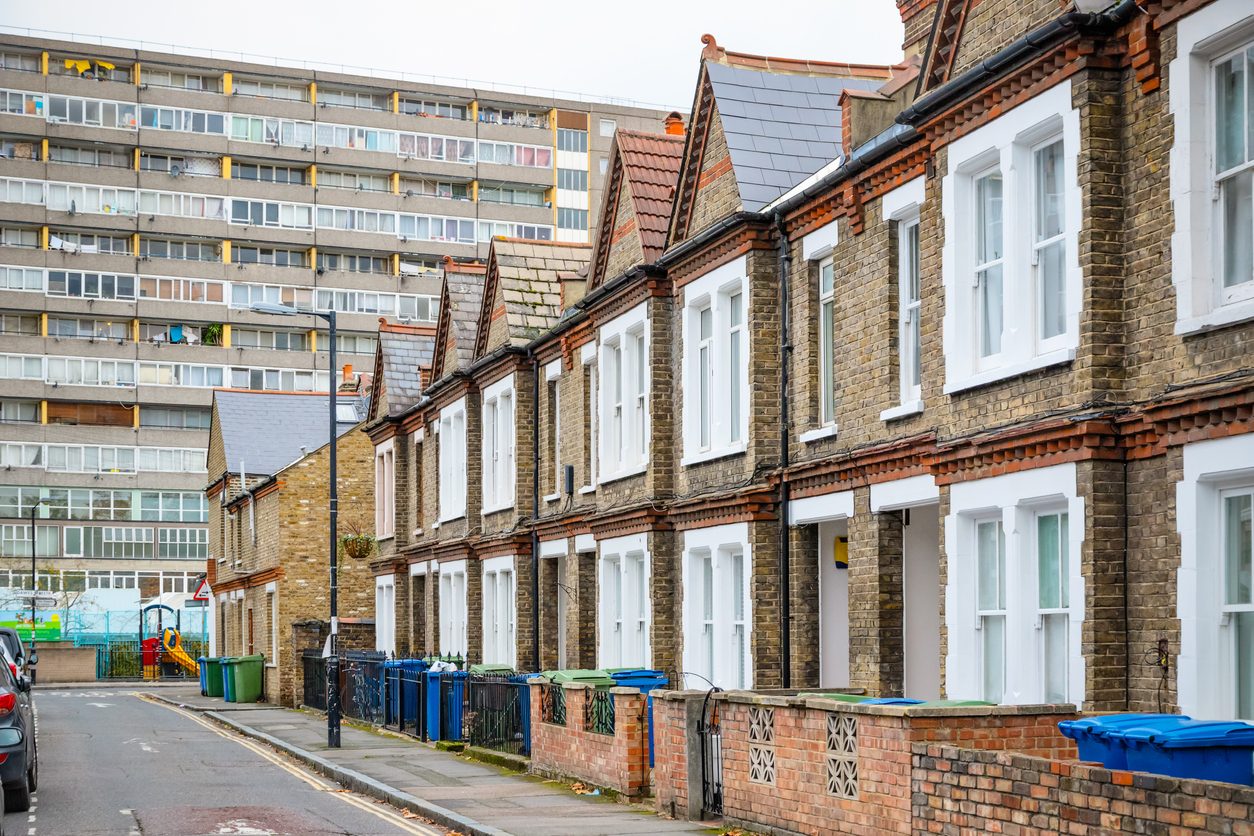Measuring the Effect of the Cost-of-Living Crisis on Low-Income Households
With wages failing to keep up with spiralling prices, poorly-timed tax rises, a benefits squeeze in real terms and government support schemes failing to cushion the income and inflation shocks, millions of households are facing a cost-of-living crisis.
 Pub. Date
Pub. Date
11 May, 2022
 Pub. Type
Pub. Type
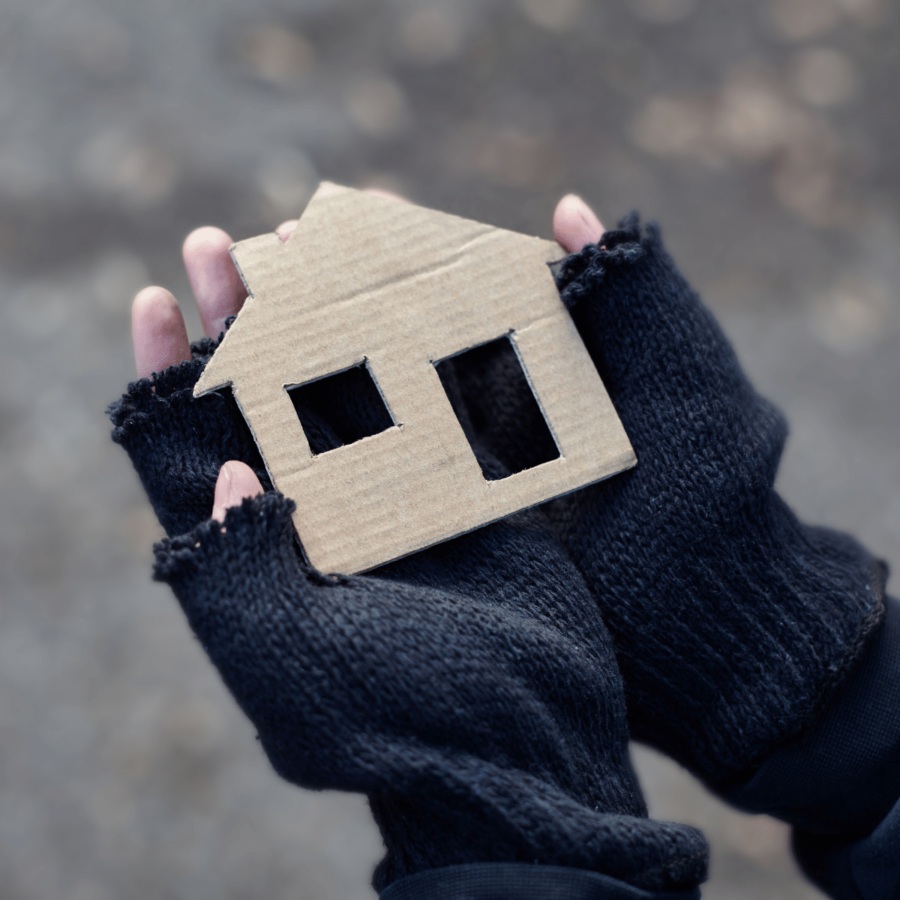
Main points
- We propose a potential solution that is both practical and better suited to identifying the effect the cost-of-living crisis is having on households. We focus on the households’ budget constraint, which poses a hard upper limit on the amount one can normally spend on necessary and non-necessary goods.
- Our measure allows to incorporate the effect of rising costs of other necessity goods by focusing on households whose minimum living costs are already higher than their income. To distinguish from fuel poverty and fuel stress as used elsewhere, we refer to these households as “hardest hit households” within the context of the cost-of-living crisis.
- In 2022-23 1.5m households are facing choices between eating and heating, which reflects both the reality of increasingly unstable conditions and relevance of this measure for a substantial proportion of UK households.

